CBD/CBG for Osteoporosis
Many people are unaware that they have the condition until a fracture occurs. Osteoporosis is sometimes called a “silent disease.” Osteoporosis, existing treatment choices, and scientific research on how CBD/CBG may be beneficial will all be covered in this section.
Estimated reading time: 15 minutes
- CBD/CBG for Osteoporosis.
- What is the role of CBD/CBG in the treatment of osteoporosis?
- CBD/CBG oil may help to increase bone density.
- CBD/CBG is effective at alleviating pain and inflammation.
- Is CBD Oil a Safe Supplement?
- What is Osteoporosis and how does it manifest itself?
- Osteoporosis Risk Factors to Consider
- Osteoporosis Diagnosis and Treatment
- What is the treatment for osteoporosis?
- Summary – CBD/CBG for Osteoporosis
- FAQ – CBD/CBG for osteoporosis
- The Real CBD for Osteopososis
CBD/CBG for Osteoporosis.
Exciting new research has been conducted to investigate CBD/CBG's remarkable ability to accelerate fracture healing, while also preserving bone density. Learn how it works and how to use CBD/CBG for osteoporosis effectively in this informative article.
According to current estimates, more than 200 million people suffer from osteoporosis throughout the world. An astounding 8.9 million bone fractures occur each year as a result of osteoporosis. This is according to the International Osteoporosis Foundation, which means that an osteoporotic fracture occurs every three seconds…. let that sink in!
What is the role of CBD/CBG in the treatment of osteoporosis?
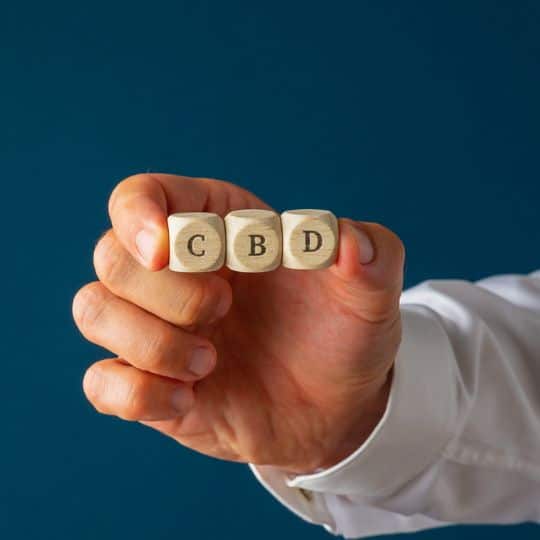
Cannabidiol (CBD), a cannabinoid in cannabis, stands as the plant's main non-psychoactive chemical. Researchers have shown that CBD can support bone metabolism indirectly by affecting the endocannabinoid system (ECS)
CBG (Cannabigerol) is another cannabinoid that has the potential to increase bone density while also potentially correcting osteopenia and osteoporosis in some cases.
Known as the extracellular matrix (ECM), it is a complex network of receptors that regulates many aspects of our health, including the production and degeneration of bone. CBD/CBG is hypothesized to work through this pathway to aid in the reduction of bone loss and the promotion of the regeneration of lost bone tissue.
CBD/CBG should always be used in conjunction with other therapies in order to provide the greatest possible effect. Despite the fact that CBD/CBG is not a cure for osteoporosis, it can play a significant supportive role when used in conjunction with other drugs, vitamins, and exercises.
The following are possible advantages of CBD/CBG oil for osteoporosis:
- It has the potential to increase bone density.
- Reduces the sensation of pain and inflammation
- It helps to maintain hormonal balance.
- Relieves the discomfort associated with bone fractures.
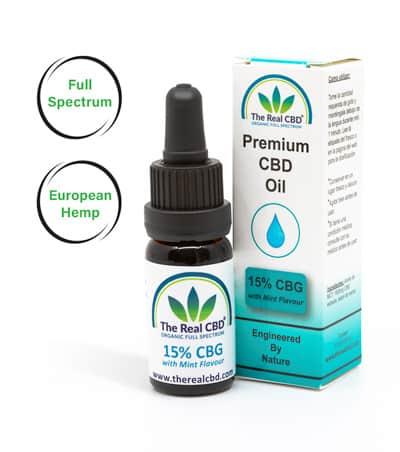
CBD/CBG oil may help to increase bone density.
It has been established through research that CBD/CBG appears to promote the growth and strengthening of bones by increasing the pace at which osteoblasts form.
Researchers believe that osteoclasts – the cells responsible for bone disintegration — possess a cell receptor that, when triggered, accelerates bone loss and degeneration. GPR55 is the name given to this receptor. It has been demonstrated that CBD/CBG can selectively inhibit the activation of this receptor, resulting in a reduction in osteoclast activity.
A recent study conducted in Israel found that mice who were given CBD or a mixture of THC and CBD exhibited improved behavior. According to the findings of the study, the administration of CBD alone has significant effects on fracture healing, resulting in enhanced bone strength and toughness through boosting Lysyl Hydroxylase — an enzyme involved in the process of bone mending.
This study has provided us with a more in-depth understanding of how CBD/CBG interacts with the body and has opened the door to some intriguing possibilities for future research.
CBD/CBG is effective at alleviating pain and inflammation.
CBD and CBG may have a medicinal impact in the treatment of inflammation and wound repair. This natural pain reliever has been used for many years by those suffering from chronic pain and provides an alternative to pain drugs that is not habit-forming.
Many patients have stated that CBD has helped them to stop taking their prescription pain medications. There is evidence that CBD can be used to treat a variety of conditions including headaches, mental health disorders, sleeplessness, arthritis, and other chronic pain syndromes.
More about CBD for inflammation here
When it comes to Osteoporosis, what should the CBD/CBG oil dosage be?
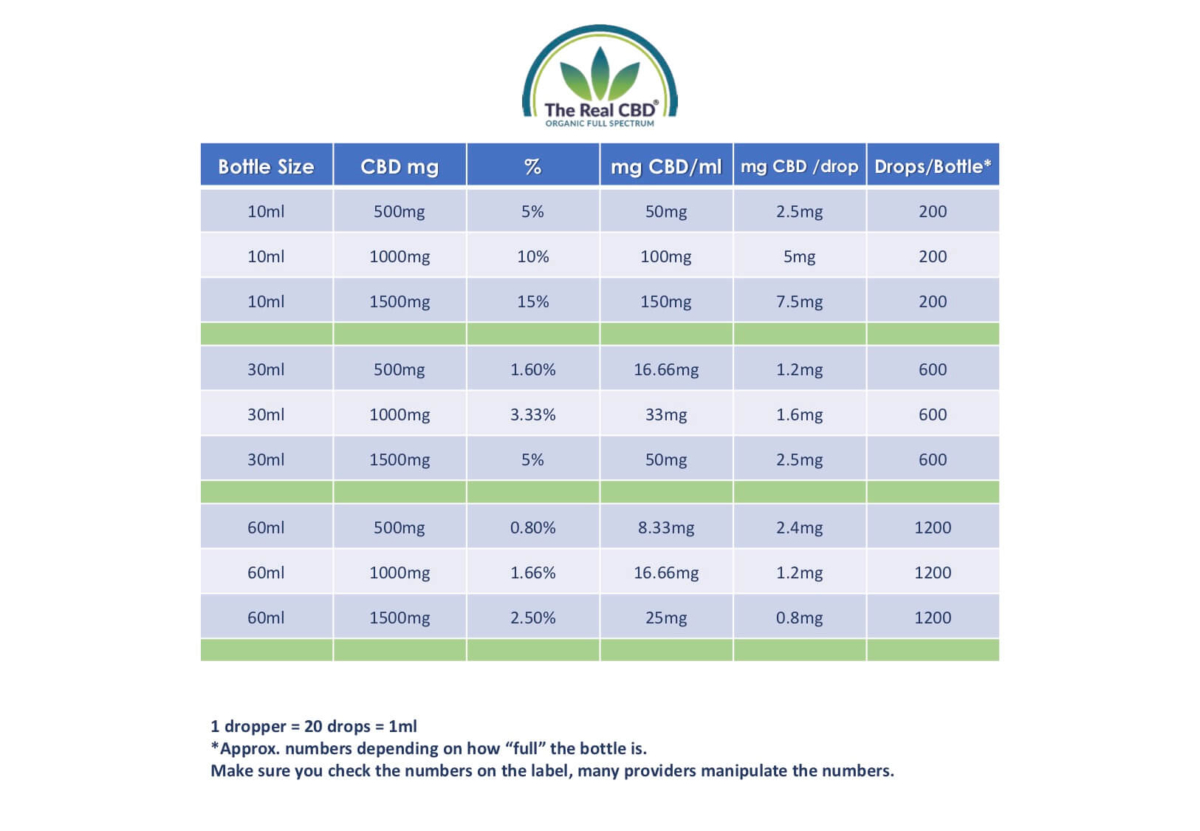
The key is to start out slowly and work your way up.
As of yet, there are no defined dose guidelines for the usage of CBD/CBG in any form. CBD/CBG oil is available in a variety of concentrations and strengths. The label of the individual product you are using should be examined carefully because items can differ substantially from one another.
When it comes to osteoporosis management, it will take several months before any noticeable difference is apparent. As a starting point, we recommend a moderate dosage. If you encounter any side effects (see this page for additional information), lower the dose until they are no longer present.
More about CBD fro our blog section
Is CBD Oil a Safe Supplement?
CBD is generally considered to be safe, even at large dosages – but there are a few outliers that should be noted.
According to the World Health Organization, CBD oil in its pure form does not cause harm nor does it have the potential to be abused – even at extremely high dosages.
You should always see your doctor before using CBD if you are taking any prescription medications or if you have any underlying health issues that need to be addressed. Certain drugs may have an adverse reaction to CBD and cause negative effects. If you are taking a blood-thinning medicine, you can learn more about it here.
What is Osteoporosis and how does it manifest itself?
Osteoporosis is a medical term that means “porous bones.” As a result, the bones become more fragile. Because of the fragility of the bones, persons who are affected are at a higher risk of fracture.
Because the bones are becoming weaker, even a little fall or bump can result in catastrophic harm to the patient. Females in their mid-twenties and thirties are more in danger, although men are also impacted. When it comes to osteoporosis, the greatest source of concern for the majority of people is the significant risk of bone fracture. A fracture is a break in the bone that can be either full or partial. The prevalence of osteoporosis-related fractures in women and men over the age of 50 is expected to be 50 percent and 20 percent, respectively, over their lifespan. The hip, wrists, and spine are the most commonly impacted bones in those who have osteoporosis. Traumatic fractures and breaks can result in chronic discomfort and limited movement.
Becoming Familiar with the Definitions
A large portion of your skull and ribs are made of cortical bone, which is the hard exterior layer of all bones.
- Spongy bone – this type of bone can be found within the vertebrae and at the ends of long bones, such as the thigh bones.
- Osteoblasts are specialized cells that are responsible for the formation of new bones.
- Osteoclasts are specialized cells that are involved in the breakdown of bones.
- Bone density is defined as the quantity of mineral content contained within a bone.
Osteoporosis Signs and Symptoms

Osteoporosis does not present with any distinct symptoms; instead, a bone fracture is frequently the first indicator of the disease. There are other signs and symptoms, but recognizing them might be challenging..
Other signs and symptoms to look out for include:
- Lower back ache
- Vertebrae that have collapsed or been shattered
- A reduction in height
- A hunched-over position
- Grip strength has been reduced.
- Osteoporosis and menopause are two conditions that affect women.
Osteoporosis is characterized by a thinned cortical bone and a reduction in bone density and structure in the spongy bone, among other things. A major contributing factor to the illness is the onset of menopause.
Bone tissue is constantly being broken down and rebuilt by the body. A regular cycle, with fluctuations on a daily and monthly basis — influenced by factors such as the time of day, one's nutrition, and the season — is observed.
Osteoblasts and osteoclasts, two types of specialist cells found in the bones, are critical in maintaining these fluctuations in healthy bones. During the period of childhood and adolescence, more bone is created than is broken down.
By the conclusion of adolescence, the process of bone formation is complete. Peak bone mass is reached by the time you are in your mid-to-late-20s.
The sex hormones estrogen and testosterone have a critical role in the maintenance of healthy bones in both men and women, according to research.
When a woman goes through menopause, her estrogen levels begin to drop, and the hormonal balance that was previously in place to control bone density begins to degrade. It has the effect of speeding up the rate of bone loss. It is possible for women to lose up to 10% of their total bone mass over the first five years following menopause.
Osteoporosis Risk Factors to Consider
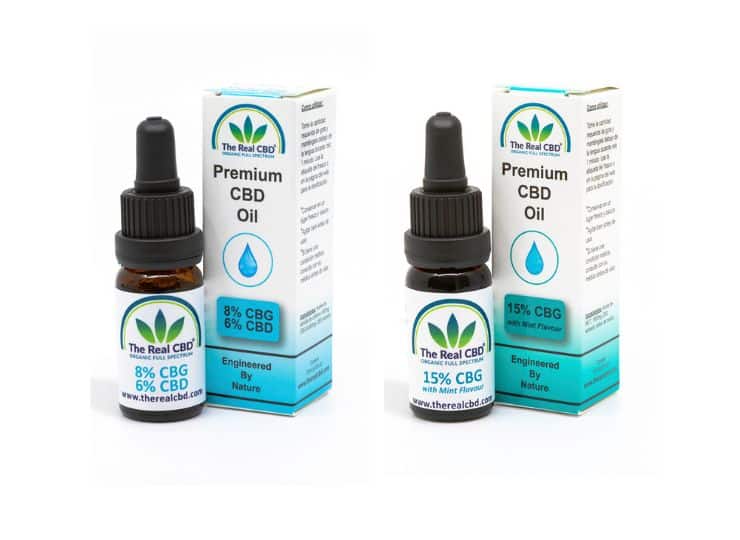
Some of the risk factors for the development of osteoporosis are as follows:
- Previous bone fractures are a concern.
- A history of osteoporosis in the Family
- Age — persons over the age of 50 are at the greatest risk.
- Early menopause is defined as occurring before the age of 45.
- Body weight – being overweight is a big risk factor for heart disease.
- It is essential for the preservation of bone tissue that you consume vitamin D.
- Calcium intake – calcium is a critical component in the formation of bone structure.
- A lack of physical activity — weight-bearing exercises have been shown to reduce the incidence of osteoporosis.
- Cigarette smoking (linked with osteoporosis)
- Over three standard drinks per day raise the risk of osteoporosis if you consume too much alcohol.
- Medications, such as the usage of corticosteroids
- Conditions such as thyroid dysfunction, celiac disease, chronic liver failure and renal failure, or rheumatoid arthritis are examples of medical conditions.
- The disorders known as Crohn's disease, celiac disease, and other inflammatory bowel conditions, among others, can impair the absorption of nutrients.
CBD/CBG for osteoporosis – Could it be the answer? Let's take a look at the regular treatment for osteoporosis.
Osteoporosis Diagnosis and Treatment
The likelihood is that your doctor will refer you for a bone density scan if osteoporosis is suspected in you. This scan is used to determine the amount of bone mineral density in the body (BMD). It is normally carried out with the use of a dual-energy x-ray absorptiometry (DEXA). This is a non-invasive procedure in which a machine goes over your body while you lie flat on a table for 10 to 15 minutes. The bone density scan will provide you with a T-Score and a Z-Score, which will be used to estimate your risk of getting a fracture as well as whether or not more testing is required.

According to the World Health Organization (WHO), your T-Score falls into one of the categories listed below:
- Bone density of -1.0 or higher is considered normal.
- A score between -1.0 and -2.5 indicates that you have low bone density, also known as osteopenia.
- A score of -2.5 or lower indicates the presence of osteoporosis.
In addition, the following procedures can be used to assess whether or not a patient has suffered from bone injury or fracture as a result of osteoporosis:
X-ray of the bones
Broken bones are sometimes caused by osteoporosis, and bone x-rays provide images of the broken bones that can aid in the diagnosis and treatment of the condition.
CT Scan (Computerized Tomography)
CT scans of the spine are used to evaluate the alignment of the spine and the presence of fractures. The results of these tests can be used to assess bone density and evaluate whether vertebral fractures are a possibility.
Magnetic Resonance Imaging (MRI)
MRI is a type of imaging that uses radio waves to create images of the body (MRI) An MRI of the spine is used to analyze vertebral fractures for signs of underlying disorders, such as cancer, and to determine the age of the fracture. It is also used to determine the severity of the fracture.
What is the treatment for osteoporosis?
Depending on the severity of your osteoporosis and your risk of bone fracture, your doctor may advise you to make adjustments to your lifestyle in order to improve the strength of your bones.
Changes in one's way of life can make it more likely that both men and women will take action to reduce their risk of getting osteoporosis.
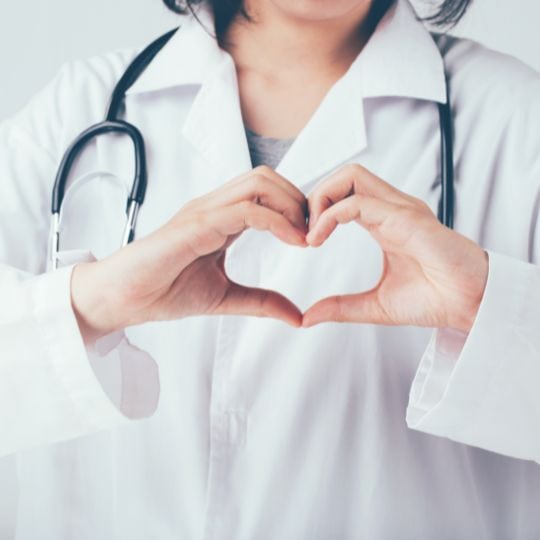
- Changes in Diet and Lifestyle
- Increase your intake of fresh fruits, veggies, and whole grains by incorporating them into your diet.
- Smoking should be avoided.
- Reducing one's intake of alcoholic beverages
- Keep caffeine intake to a minimum.
- Participate in weight-bearing and strength-training activities on a regular basis
- Make certain that you get enough vitamin D and calcium.
However, if your osteoporosis has progressed to a more advanced stage, lifestyle adjustments may not be sufficient to aid in the strengthening of your bones. Prescription drugs are the gold standard in the treatment of osteoporosis that has already progressed. Their primary function is to either stimulate the production of new bone or decrease the degradation process of the existing bone. They do, however, each have their own set of side effects and hazards associated with them.
Bisphosphonate-containing medications
Bisphosphonates help to increase bone density by inhibiting the breakdown of cells in the bone matrix. These supplements can be taken in conjunction with a combination of vitamin D and calcium supplements.
Bisphosphonates Have the Following Adverse Effects:
- Reactions that are similar to the flu
- Discomfort in the stomach
- Diarrhea and constipation are common symptoms.
- Joint and muscle discomfort
- Fatigue
- Tingling in the jaw
- Infection of the jaw (rare)
Oestrogen Receptor Modulators That Are Selective (SERMs)
SERMs are hormones that act in the body to imitate the effects of estrogen, hence decreasing bone loss and promoting bone growth.
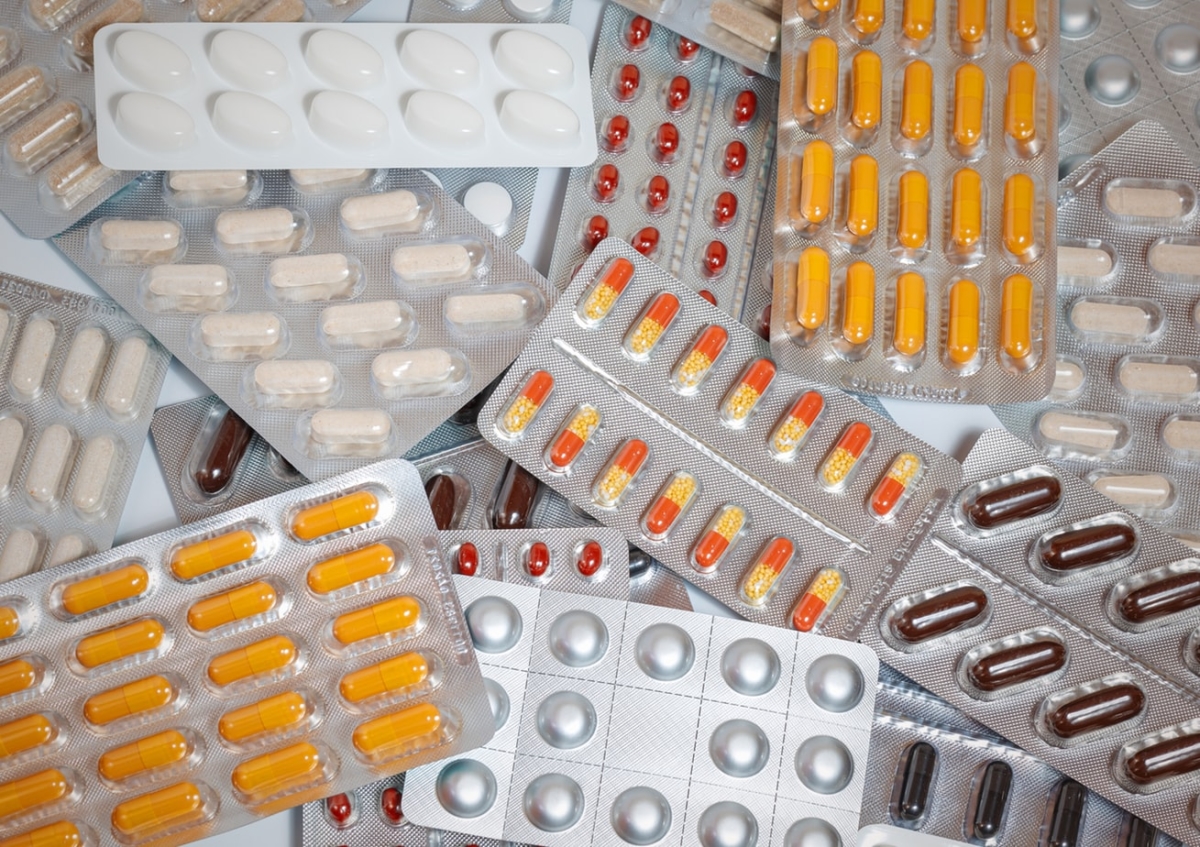
SERMs have a number of negative side effects.
- Flushes that are extremely hot
- Leg cramps are a common complaint.
- A higher risk of blood clots and a deadly stroke is present.
Denosumab
This is administered twice a year through an injection under the skin. It has been shown to inhibit bone disintegration, resulting in increased bone mineral density and a reduction in fractures. It is frequently used as an alternative to bisphosphonates in the treatment of bone disease.
Denosumab Side Effects Include:
- Joint and muscle discomfort
- Eczema
- High levels of cholesterol
Hormone Replacement Therapy (HRT)
Doctors prescribe hormone replacement therapy (HRT) for women throughout menopause because estrogen levels drop, increasing the risk of osteoporosis. However, because of the increasing dangers associated with long-term HRT usage, it is no longer regularly suggested.
Side Effects of Hormone Replacement Therapy:
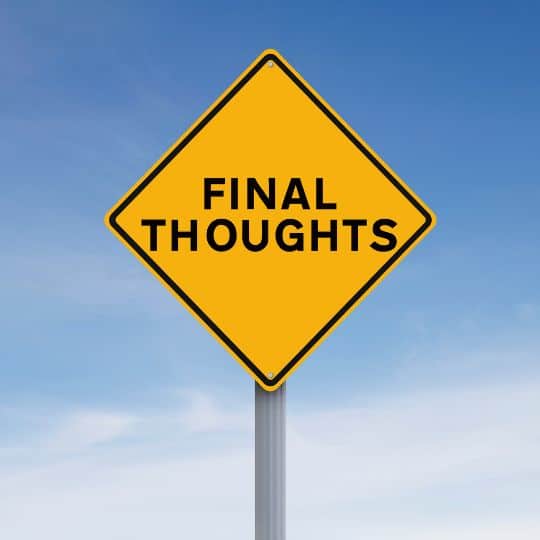
- Breast cancer is a type of cancer that affects women.
- Coronary artery disease
- Stroke
- Blood clots are a problem.
Summary – CBD/CBG for Osteoporosis
In the end, using CBD/CBG for osteoporosis was successful.
In addition to being a severe disease, the dread of bone fracture can have a substantial impact on one's ability to live a normal life and maintain mobility.
However, while there is currently no cure for osteoporosis, there is strong evidence that CBD/CBG may be an effective treatment for the disease, both in terms of delaying the progression of the disease and alleviating pain.
Especially when it comes to CBD/CBG and the clinical research that is still in its infancy. Scientists are proving CBD/CBG to be effective in preventing bone loss and fracture, we are living in extremely exciting times. According to this information, CBD/CBG is considered to be a safe, effective, and completely natural support for osteoporosis.
FAQ – CBD/CBG for osteoporosis
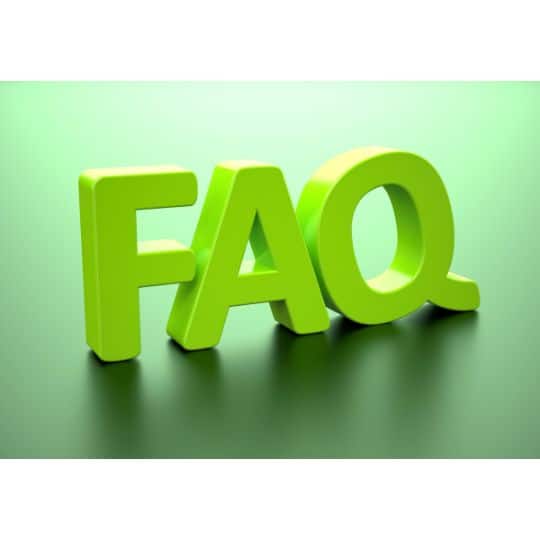
CBD (Cannabidiol) and CBG (Cannabigerol) are natural compounds found in the cannabis plant. They are known for their potential therapeutic effects without the psychoactive properties associated with THC. Research suggests that CBD and CBG might help in managing osteoporosis by potentially promoting bone growth and reducing inflammation and pain related to the condition.
No, CBD and CBG cannot cure osteoporosis. However, they may offer symptomatic relief and potentially support bone health. It's important to consult a healthcare provider for a comprehensive treatment plan for osteoporosis.
There's no one-size-fits-all answer as the effectiveness can vary by individual. However, products that ensure adequate absorption, such as tinctures, oils, or topicals, might be beneficial. It's essential to choose high-quality, lab-tested products from reputable sources.
Dosage can vary widely depending on factors like individual body weight, the severity of symptoms, and the concentration of the product. It's best to start with a low dose and gradually increase it while monitoring the effects. Consulting with a healthcare professional experienced in CBD/CBG use is advisable.
CBD and CBG are generally considered safe, but they can cause side effects in some people, such as fatigue, changes in appetite, or gastrointestinal issues. There's also a risk of interaction with certain medications. Discussing with a healthcare provider before starting CBD/CBG is crucial to ensure safety and efficacy.
The Real CBD for Osteopososis
-
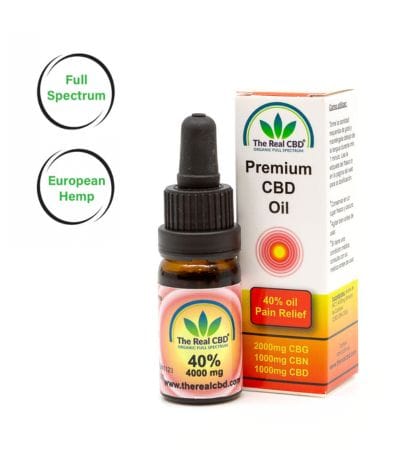 40% Pain Relief oil€179.00
40% Pain Relief oil€179.00 -
Product on sale
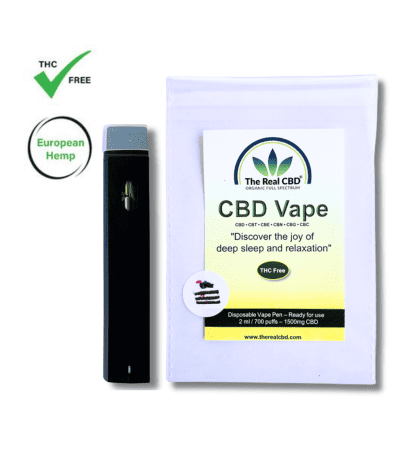 CBD Vape – Broad Spectrum€30.00 – €45.00
CBD Vape – Broad Spectrum€30.00 – €45.00 -
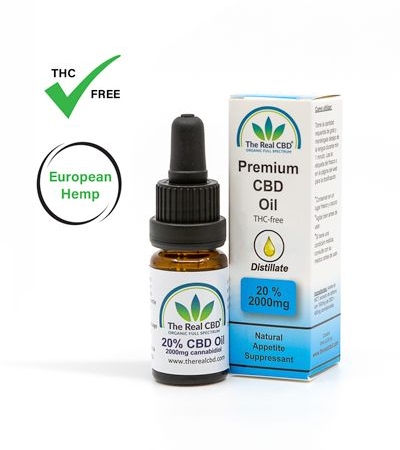 20% CBD oil – Distillate€92.00
20% CBD oil – Distillate€92.00 -
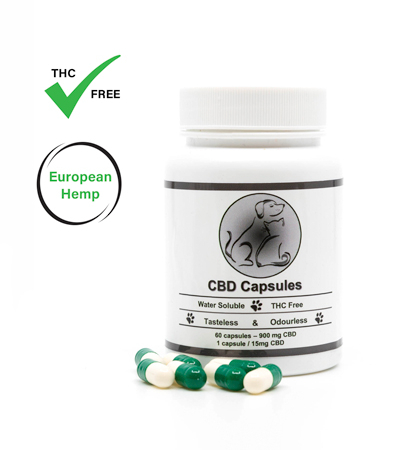 5% CBD Capsules for Pets€59.00
5% CBD Capsules for Pets€59.00 -
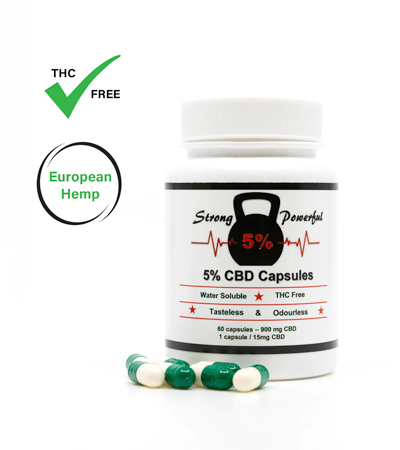 CBD Capsules for Athletes€59.00
CBD Capsules for Athletes€59.00 -
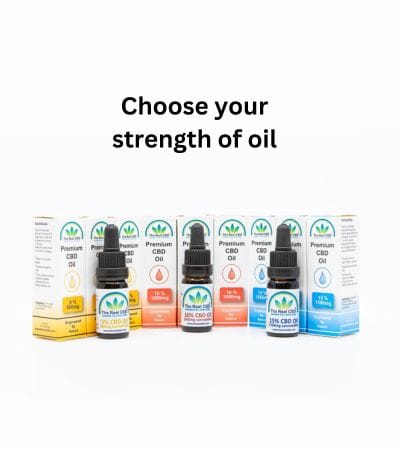 CBD 3 for 2 pack€58.00 – €170.00
CBD 3 for 2 pack€58.00 – €170.00 -
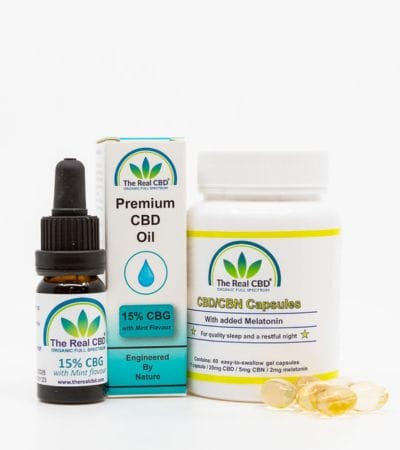 CBD Anti Anxiety Pack€179.00
CBD Anti Anxiety Pack€179.00 -
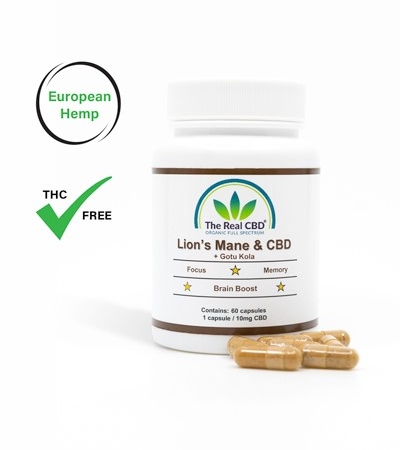 CBD and Lion's Mane Capsules€55.00
CBD and Lion's Mane Capsules€55.00 -
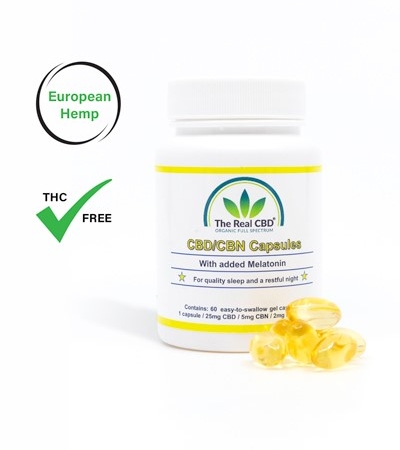 CBD/CBN and Melatonin Soft Gel Capsules€60.00
CBD/CBN and Melatonin Soft Gel Capsules€60.00 -
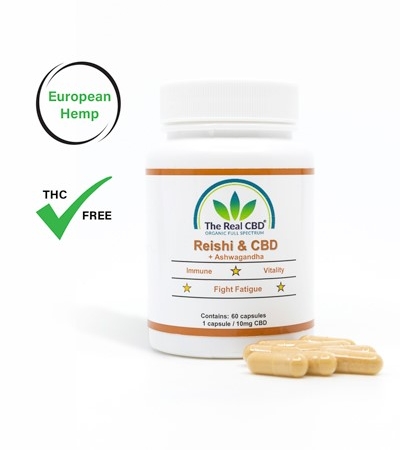 CBD and Reishi Capsules€55.00
CBD and Reishi Capsules€55.00 -
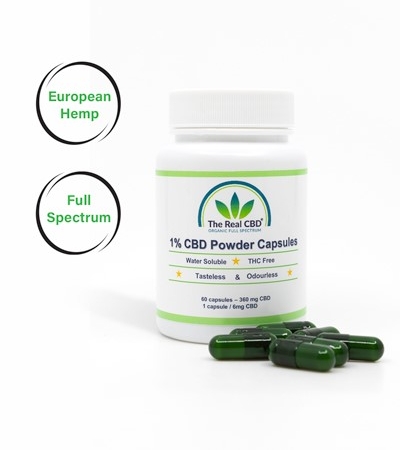 CBD Capsules – Water Soluble – 1%€29.00
CBD Capsules – Water Soluble – 1%€29.00 -
Product on sale
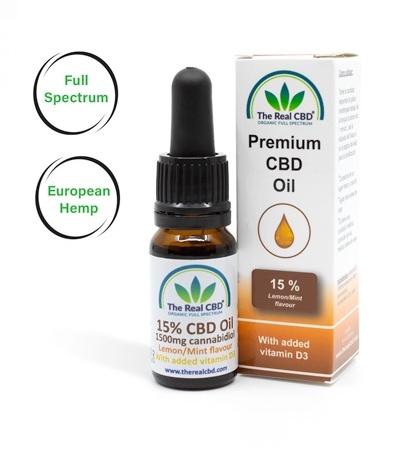 15% CBD oil with Vitamin D3€75.50
15% CBD oil with Vitamin D3€75.50

I am a certified expert in Medicinal Cannabis. We are all about giving correct and trustworthy information. We know how important it is to learn about CBD and cannabis, which is why we want to be your go-to source for trustworthy information. We help you improve your health by using our knowledge and experience as a starting point.
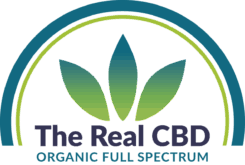
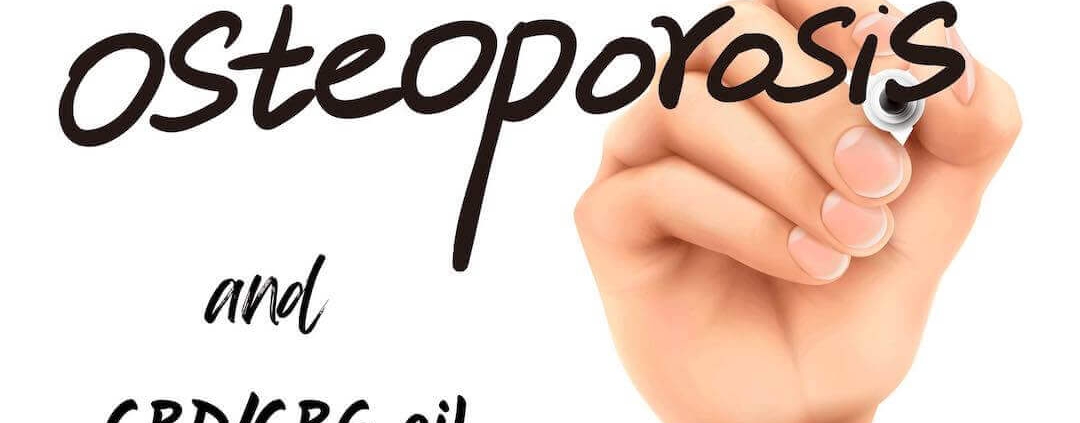
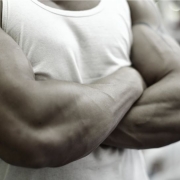

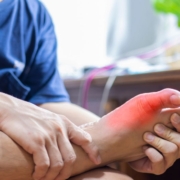

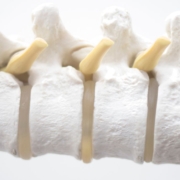

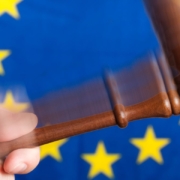




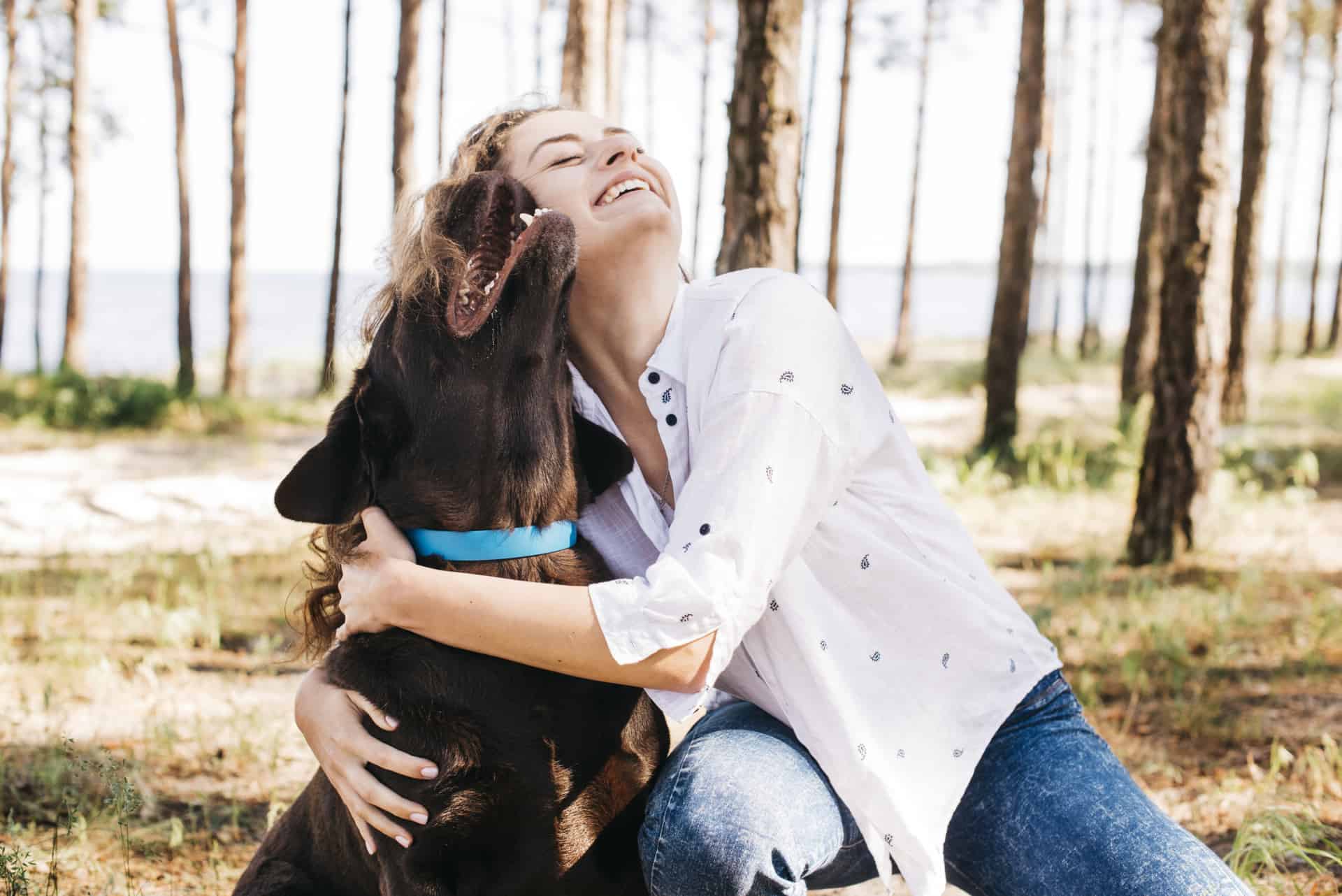
Leave a Reply
Want to join the discussion?Feel free to contribute!